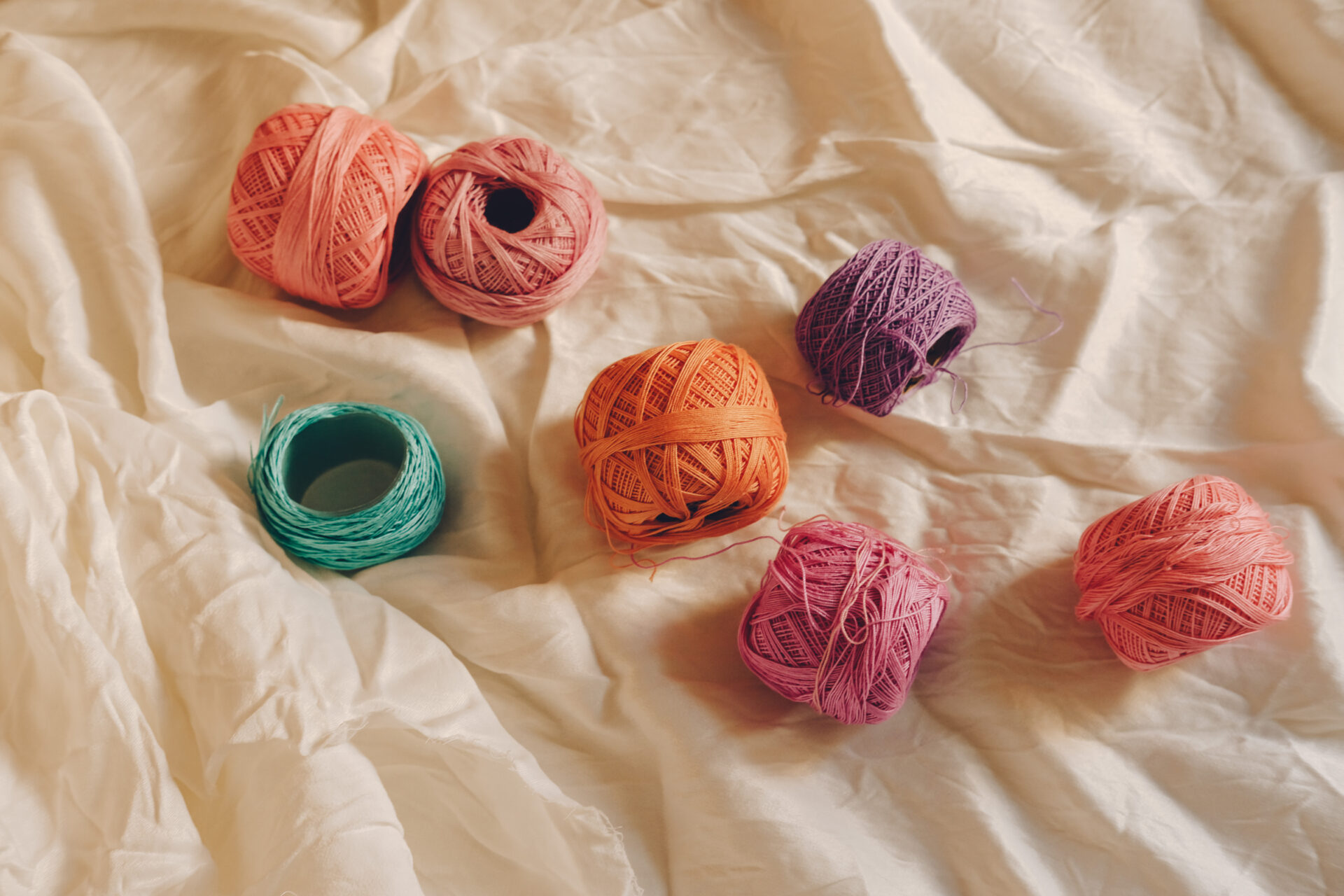Choosing the right ball is an essential aspect in therapeutic practice, as it can greatly impact the effectiveness of various therapy techniques. Whether it’s for physical therapy, occupational therapy, or even for activities in sensory integration therapy, selecting the appropriate ball is crucial for achieving desired therapeutic outcomes. Balls have unique features and impacts that cater to different therapeutic needs, making them versatile tools in promoting physical and cognitive development. Understanding the different types of balls available and their specific benefits is the key to optimizing therapeutic interventions and ensuring optimal client progress.
In therapeutic practice, the selection of the right ball is not just a matter of preference, but rather a strategic decision based on the needs and goals of the therapy session. Different balls have specific impacts on various aspects of therapeutic practice. For example, using therapy balls with bumpy textures can provide sensory stimulation, enhancing tactile perception and proprioceptive input. This is particularly beneficial for individuals with sensory processing difficulties or those undergoing sensory integration therapy. On the other hand, therapy balls with resistance bands or handles can target specific muscle groups, allowing for targeted strengthening exercises in physical therapy. By understanding the unique features and impacts of different balls, therapists can tailor their interventions to meet the specific needs of their clients.
Moving forward, we will discuss key takeaways related to choosing the right ball for therapeutic practice. This will include a comprehensive overview of the different types of balls available, their specific benefits, and considerations for selecting the most appropriate ball for specific therapy goals. By the end of this article, readers will have a clear understanding of how the right ball choice can significantly impact the effectiveness of therapeutic interventions in various settings. Get ready to dive into the world of therapeutic balls and discover how they can elevate your practice to new heights.
Key Takeaways
1. The choice of the right ball is crucial in therapeutic practice as it can significantly impact the effectiveness of the treatment and the outcomes for the patient.
2. It is recommended to consider the patient’s physical condition, goals, and the specific therapeutic exercises or activities when selecting the appropriate ball.
3. Different types of balls, such as medicine balls, exercise balls, and sensory balls, offer distinct benefits ranging from muscle strengthening to sensory stimulation.
4. Factors like size, texture, and weight should be taken into account to ensure proper engagement and safety during therapy sessions.
5. Collaborating with healthcare professionals, such as occupational therapists or physical therapists, can provide valuable insights and guidance on selecting the right ball for each patient’s unique needs.
What factors should be considered in choosing the right ball for therapeutic practice?
Size
The size of the ball is an important factor to consider when choosing one for therapeutic practice. The ball should be large enough to provide stability and support, but small enough to allow for full range of motion. Generally, a ball with a diameter of 55-75 centimeters is suitable for most individuals. However, it is crucial to select a size that is appropriate for the height and weight of the user.
Material
The material of the ball can greatly impact its suitability for therapeutic practice. Common materials include PVC, rubber, and latex. PVC balls are durable and resilient, making them a popular choice. Rubber balls offer more flexibility and bounce, which may be beneficial for certain exercises. Latex balls are softer and provide a comfortable surface for sitting or lying on. The choice of material should be based on the specific needs and preferences of the user.
Texture
The texture of the ball can influence its grip and comfort. Some balls have a smooth surface, while others have a textured or ribbed surface. The texture affects the level of traction and stability provided by the ball. For individuals with sensory or tactile sensitivities, a smooth surface may be more suitable. However, a textured surface can enhance grip and prevent slippage during exercises.
Inflation
Proper inflation is crucial for using the ball effectively and safely in therapeutic practice. Under-inflation can compromise stability and support, while over-inflation can make the ball too hard and uncomfortable. It is essential to follow the manufacturer’s guidelines for inflation and regularly check and adjust the ball’s pressure as needed. The ideal level of inflation should allow the ball to slightly yield to the user’s body weight without sinking excessively.
Weight Capacity
The weight capacity of the ball should be considered to ensure it can support the user’s body weight safely. Different balls have varying weight limits, so it is important to choose one that can accommodate the user’s weight without risking any potential for instability or bursting. This information is typically provided by the manufacturer and should be diligently checked before purchasing a therapeutic ball.
Specific Needs and Goals
Lastly, the specific needs and goals of the individual should influence the choice of therapeutic ball. Different balls are designed for specific purposes, such as rehabilitation, balance training, or core strengthening. Consulting a healthcare professional, such as a physical therapist or occupational therapist, can help determine the most suitable type of ball based on the user’s therapeutic needs and goals.
What are some important tips for choosing the right ball for therapeutic practice?
- Consider the user’s height and weight to select an appropriate size of the ball.
- Choose a material that suits the user’s preferences and requirements, such as PVC, rubber, or latex balls.
- Decide on the texture based on grip and comfort preferences – smooth or textured.
- Ensure proper inflation according to the manufacturer’s guidelines for optimal stability and support.
- Check the weight capacity to ensure it can support the user’s body weight safely.
- Consult with a healthcare professional to determine the most suitable ball for the individual’s specific needs and goals.
FAQs about Choosing the Right Ball: Essential in Therapeutic Practice
1. What is the significance of selecting the right ball for therapeutic practice?
Choosing the right ball is crucial in therapeutic practice as it directly impacts the effectiveness and safety of the exercises. The size, weight, and texture of the ball can greatly influence the targeted muscles and joints, providing optimal support and resistance during therapy.
2. How do I determine the appropriate size of the ball for my therapeutic needs?
The size of the ball typically depends on the individual’s height and specific therapeutic goals. It is recommended to choose a ball that allows for a 90-degree angle at the knees and hips when sitting on it. Consulting with a therapist or healthcare professional can help determine the ideal size for your unique requirements.
3. Which types of balls are commonly used in therapeutic practice?
In therapeutic practice, various types of balls are commonly used, including exercise or stability balls, therapy rollers, medicine balls, sensory balls, and soft massage balls. Each type serves different purposes, such as improving balance, coordination, flexibility, strength, or sensory stimulation.
4. Are there any specific considerations for individuals with physical limitations or mobility issues?
Yes, individuals with physical limitations or mobility issues should be cautious when selecting a ball for therapeutic purposes. It is advisable to choose a ball that provides adequate support and stability, and consider opting for smaller or lighter options. Consulting with a healthcare professional is essential to ensure safety and prevent any exacerbation of existing conditions.
5. How can I use a therapy ball to alleviate musculoskeletal pain?
Therapy balls can be used to alleviate musculoskeletal pain by gently rolling them over trigger points or tense muscles. The pressure and movement help release tension, improve circulation, and promote relaxation. However, it is crucial to seek guidance from a therapist or healthcare professional to perform these exercises correctly and avoid any further injury.
6. Can therapy balls help with rehabilitation after an injury or surgery?
Absolutely! Therapy balls can be invaluable tools for rehabilitation after an injury or surgery. They can aid in regaining strength, flexibility, and range of motion in affected areas. However, it is vital to follow a tailored rehabilitation plan provided by a healthcare professional and avoid overexertion.
7. Are there any risks associated with using therapy balls?
While therapy balls are generally safe to use, there are some risks involved if not used properly. Overinflated or underinflated balls can lead to instability and potential falls. Inadequate supervision or performing incorrect exercises may result in injury. It is essential to follow instructions, seek professional guidance, and use the appropriate safety precautions.
8. Can therapy balls be used for children with special needs?
Absolutely! Therapy balls can be beneficial for children with special needs. They aid in improving core strength, balance, coordination, sensory integration, and motor skills. However, it is advisable to consult with a pediatric therapist or specialist who can recommend the appropriate ball size and exercises suitable for the child’s unique needs.
9. Can therapy balls be used during pregnancy?
Yes, therapy balls can be used during pregnancy to support exercises that promote comfort, strength, and flexibility. They can help relieve back and pelvic pain, improve posture, and assist in childbirth preparation. However, consulting with a healthcare provider to ensure the suitability of exercises and ball selection is highly recommended during pregnancy.
10. How often should I replace my therapy ball?
The lifespan of a therapy ball varies depending on its quality, usage, and maintenance. It is advisable to inspect the ball regularly for any signs of wear, such as cracks or loss of firmness. Generally, therapy balls should be replaced every 6 to 12 months or when they no longer provide the necessary support and stability.
Final Thoughts on Choosing the Right Ball: Essential in Therapeutic Practice
Choosing the right ball is an integral aspect of therapeutic practice. The ball serves as a versatile tool that promotes healing, rehabilitation, and overall well-being. It is essential to consider individual needs, consulting with professionals, and following proper guidance to maximize the benefits of therapeutic exercises using therapy balls.
Furthermore, using the appropriate ball size, texture, and weight aids in targeting specific muscle groups, joints, and areas of concern effectively. It is crucial to prioritize safety, gradually progress in exercises, and listen to the body’s limitations. By making an informed choice and incorporating therapy balls into therapeutic practice, individuals can experience enhanced physical, mental, and emotional wellness.




